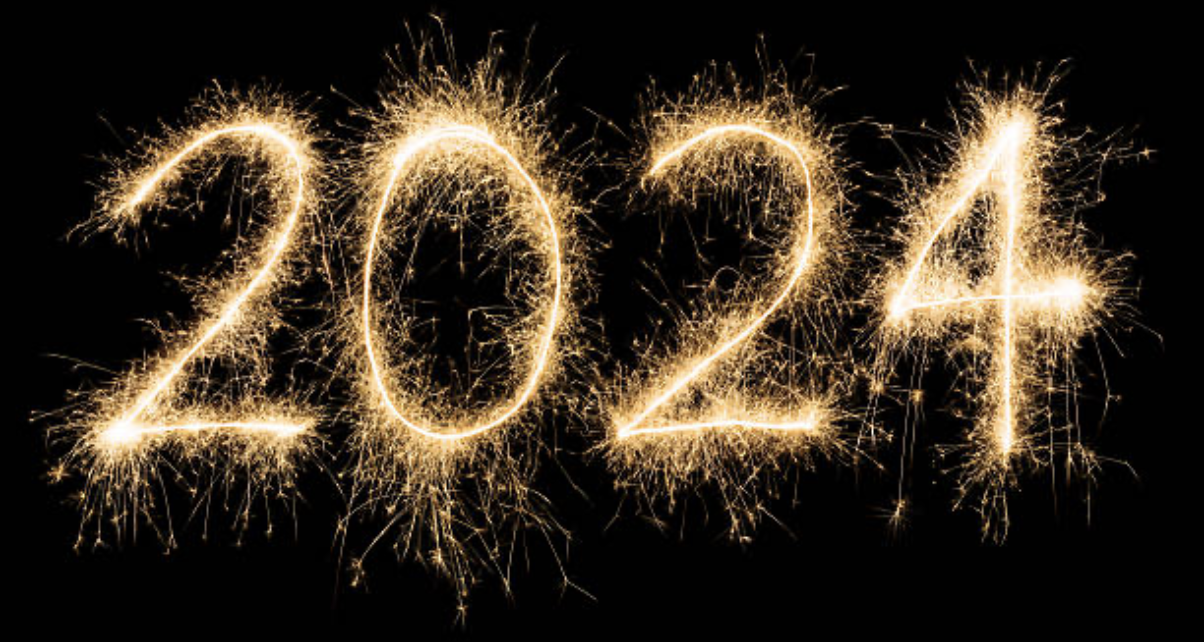By Emma Wertheimer, Year 9
Here in Switzerland, we tend to celebrate the new year by setting off fireworks, enjoying food and drinks and celebrating the transition into a new year with family and friends. People wear some of their best clothes and drink champagne as they countdown the final few minutes before the new year. However, other countries have their own unique and different ways of entering the new year. Some of these go from being very similar to very different of what we are used to in Switzerland.
For example, the UK celebrates the new year with similar traditions as ours. The traditions consist of singing, eating and partying as a family or with friends. However, in Latin America it is traditional to wear red underpants, because it is believed that the colour of your underpants will dictate the course of your New Year. (It seems that the colour red represents love and romance)
In Spain, it is tradition to eat twelve grapes at midnight in order to bring luck into the year. In Naples, people are expected to throw old furniture out of their windows as it signifies a brand new start. In addition to speaking of furniture, the Danes will jump off chairs at midnight as they leap into the New Year!
The Filipinos eat round fruits and wear clothes with circles on them, as each round object represents a coin, and therefore wealth and prosperity.
In the U.S.A., it is common to come up with New Year’s resolutions. The resolutions differ and can be targets, objectives and goals one is willing to work on throughout the year. Another well known traditions is for people to gather round in Times Square in New York City and to countdown as a community the remaining time until the new year, in front of The Ball Drop (the ball drop is a lit up, glittery ball which starts to slide down a flag pole the last minute of the current year). It is reported that over a million people come together to watch this festivity, and all together countdown the last moments of the year.
There are some traditional New Year’s games, activities and foods, but they each change spending on the region and beliefs of one’s community. But generally, large groups of people gather around to celebrate the passage into a New Year, as family or friends, or simply strangers. And one thing is clear, no matter where you are in the world or what your traditions are, people like to celebrate this event with joy and good cheer, no matter how small or big the community.


